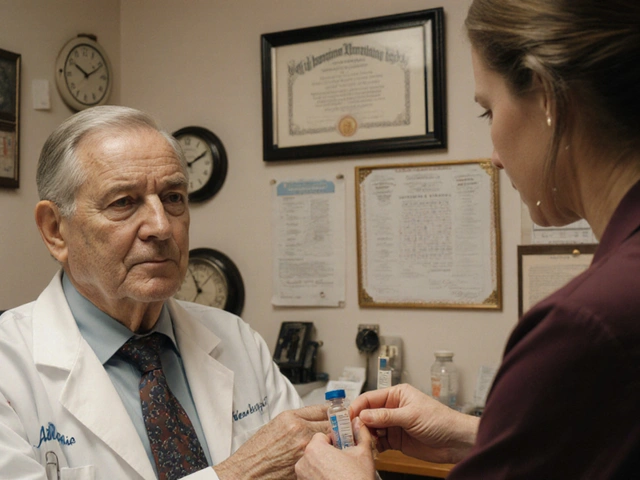Hormone Replacement Therapy (HRT): What It Is and How to Get Started
If you’ve heard doctors or friends mention “HRT” and wondered what it actually means, you’re in the right place. Hormone replacement therapy is a medical treatment that adds hormones your body isn’t making enough of – usually estrogen and progesterone for women, and testosterone for men. It’s most common for people going through menopause or dealing with low testosterone, but the reasons can vary.
Who Might Need HRT?
Women in their 40s or 50s often turn to HRT when they hit menopause and start feeling hot flashes, night sweats, mood swings, or a sharp drop in bone density. Men who notice a steady loss of energy, reduced libido, or muscle loss might be low on testosterone and consider therapy. Even some younger adults with medical conditions like hypogonadism or certain thyroid issues can benefit.
The key is to have a clear conversation with your doctor. They’ll check blood work, ask about symptoms, and decide if adding hormones makes sense for you. It’s not a one‑size‑fits‑all – dosage, delivery method (pill, patch, gel, or injection), and which hormones you need will differ per person.
Balancing Benefits and Risks
When done right, HRT can smooth out painful menopause symptoms, protect bone health, and even improve mood and sleep. For men, testosterone therapy can boost energy, mood, and muscle strength. But there are risks, too. Some studies link certain estrogen‑based regimens with a slightly higher chance of blood clots or breast issues, while testosterone can affect cholesterol levels or cause acne.
That’s why regular monitoring is a must. Your doctor will likely schedule follow‑up blood tests every few months at first, then maybe once a year. If any side effects pop up – like headaches, breast tenderness, or mood changes – report them right away.
Choosing the right type matters. Bioidentical hormones are chemically identical to what your body makes, and many patients feel they work better, but they’re not automatically safer. The “natural” label can be misleading, so always ask about the source and any supporting research.
Besides medication, lifestyle tweaks can amplify HRT’s benefits. A balanced diet rich in calcium and vitamin D supports bone health, while regular exercise can keep weight in check and improve mood. Cutting back on alcohol and quitting smoking also reduces the risk of blood clots and cardiovascular problems.
If you’re thinking about HRT, start by jotting down your symptoms, any health conditions you have, and questions you want answered. Bring that list to your appointment. Ask about the shortest effective dose, how long you might need therapy, and what signs tell you it’s working or needs adjustment.
Bottom line: HRT can be a game‑changer when you’re dealing with hormone‑related symptoms, but it works best with a clear plan, regular check‑ins, and a lifestyle that supports your health goals.
Ready to talk to your doctor? Use the tips above as a starter pack, and remember that the best HRT plan is one that feels right for your body and fits your lifestyle.

How to Buy Cheap Generic Premarin Online Safely
Learn step‑by‑step how to buy cheap generic Premarin online, spot legit pharmacies, compare options, and stay safe while managing menopause symptoms.
PharmacyLatest Posts
Tags
- online pharmacy
- medication
- dietary supplement
- side effects
- online pharmacy UK
- mental health
- impact
- online pharmacies
- dosage
- medication safety
- skin health
- health
- pain relief
- dietary supplements
- massage therapy
- medication side effects
- eye inflammation
- health benefits
- mental health treatment
- thyroid medication




